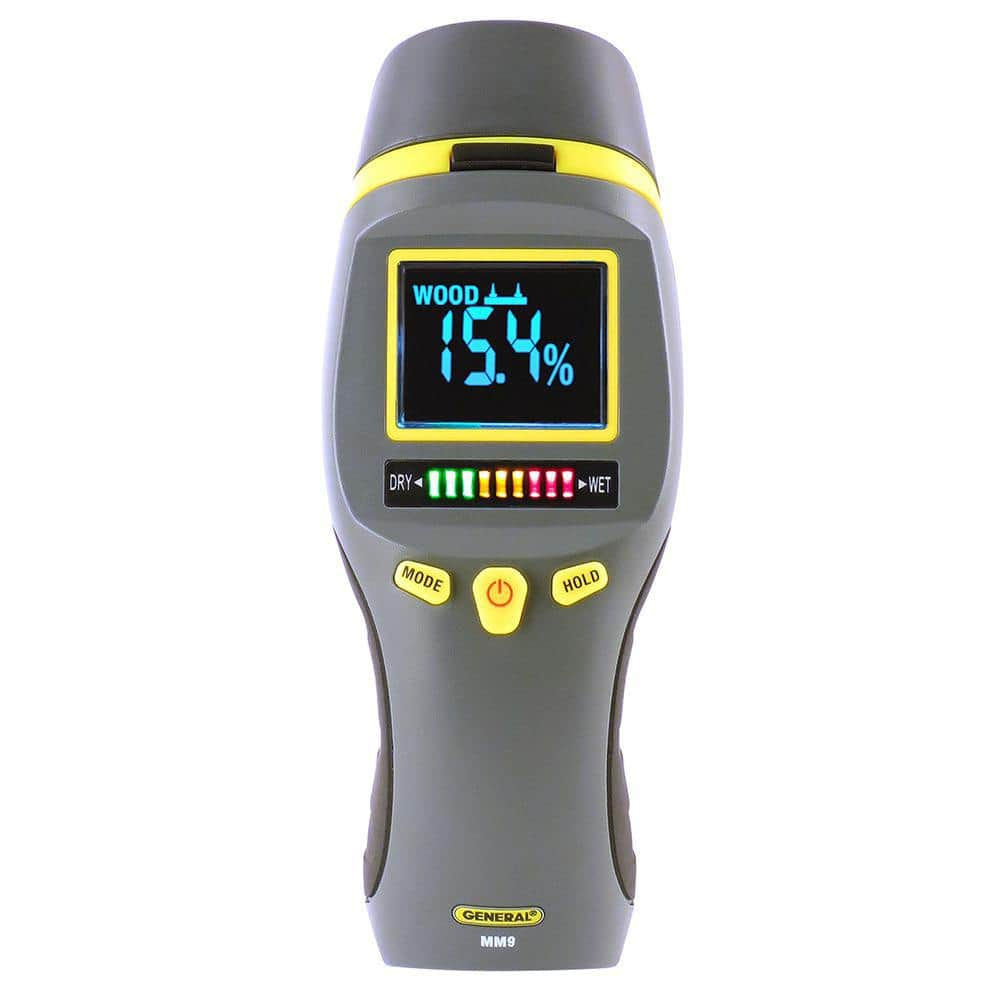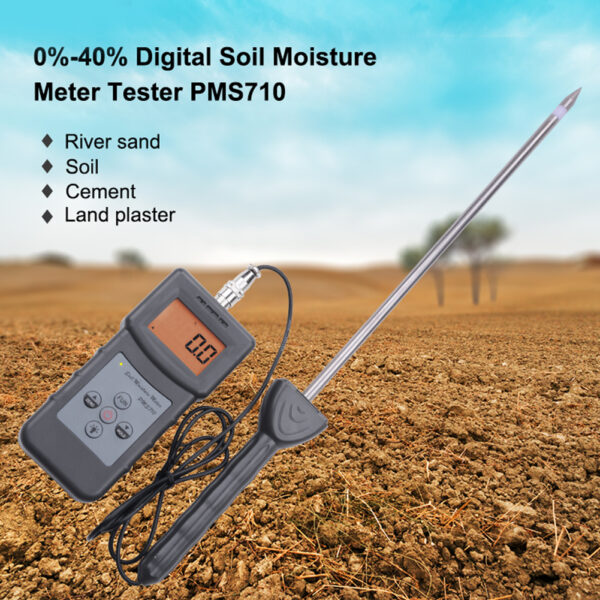The Ultimate Guide to Picking the Right Moisture Meter for Your Requirements
The Ultimate Guide to Picking the Right Moisture Meter for Your Requirements
Blog Article
Look Into the Globe of Moisture Meters: Whatever You Required to Know
In the world of moisture meters lies a globe of precision and functionality that frequently goes unnoticed. These tools, while relatively uncomplicated, hold a riches of details that can considerably influence different industries and applications. Understanding how moisture meters run, the different kinds available, and their diverse uses can clarify their value in making sure high quality and effectiveness. By discovering the complexities of wetness meters, one can discover a beneficial device that transcends simple dimension, supplying understandings that can make a substantial distinction in numerous fields.
Just How Moisture Meters Work
Moisture meters operate by determining the electric conductivity or capacitance of materials to identify the wetness material existing. These meters are vital tools across various markets, consisting of building and construction, farming, and woodworking. By utilizing different methods such as pinless or pin-type modern technology, moisture meters offer accurate analyses that assist experts make informed choices.
Pin-type moisture meters function by inserting the sharp pins into the material being tested. On the other hand, pinless moisture meters use electro-magnetic signals to check a bigger location without triggering any kind of damage to the product's surface area.
No matter the approach utilized, wetness meters play a critical function in preventing problems such as mold and mildew development, architectural damages, or item defects brought on by excess dampness. Recognizing just how these meters job is important for guaranteeing the top quality and honesty of materials in different applications.
Kinds of Moisture Meters
Given the crucial function moisture meters play in different sectors, it is necessary to understand the various kinds available to experts for accurately assessing moisture degrees - Moisture Meter. There are largely 2 primary types of moisture meters: pinless and pin-type moisture meters

On the other hand, pinless dampness meters utilize electro-magnetic sensing unit plates to check a larger area of the product without creating any damage. This type is suitable for swiftly scanning huge areas and is generally utilized for flooring, wall surfaces, and ceilings. Pinless meters are hassle-free for taking readings on finished surface areas without leaving any kind of noticeable marks.
Both sorts of moisture meters have their benefits and are selected based on the certain demands of the work handy. Understanding the differences between these types is vital for experts to make exact dampness assessments.
Applications Across Industries
Building specialists depend on dampness meters to assess the wetness degrees in structure materials like timber, concrete, and drywall, which is critical for keeping structural stability and protecting against issues like rot or mold and mildew. The floor covering industry makes use of dampness meters to determine the dampness material in subfloors before mounting different floor treatments, protecting against expensive problems due to excess moisture. anchor In the food sector, moisture meters are utilized to keep track of and manage moisture degrees in items such as grains, nuts, and dried out fruits to keep quality and top quality.
Tips for Using Moisture Meters
Utilize the dampness meter's calibration setups to guarantee accurate readings when measuring the moisture web content in different materials. Furthermore, make sure the meter is established to the appropriate moisture range for the material you are measuring to get the most specific results.
When making use of a pin-type dampness meter, insert the pins to the proper depth suggested for the product being tested. This makes certain that the dampness readings are taken from the correct depth within the material, giving a more precise depiction of its wetness content. For pinless dampness meters, remember to keep appropriate call with the product's surface area to obtain reliable analyses.
On a regular basis check and change the batteries in your dampness meter to stop imprecise analyses as a result of low power. Shop the meter in a completely dry and risk-free area when not being used to extend its life-span and keep its accuracy. By complying with these pointers, you can make best use of the efficiency of your moisture meter and acquire specific dampness web content dimensions across different products.
Upkeep and Calibration
To make certain link the precision of wetness material measurements, regular upkeep and calibration of the wetness meter are crucial steps in its correct performance. Calibration changes the dampness meter to make certain that it provides trusted and regular outcomes.
Calibration ought to be carried out periodically, especially if the wetness meter is used often or in vital applications where precise view it now dimensions are needed. By adjusting the wetness and maintaining meter regularly, customers can trust the accuracy of the moisture material dimensions obtained.
Final Thought

In conclusion, wetness meters play a critical role in various industries by accurately measuring the moisture content of products. Understanding just how these gadgets work, the different types offered, and proper maintenance and calibration are important for obtaining reputable results. Whether in manufacturing, agriculture, or building and construction, the usage of wetness meters aids make sure quality assurance and performance in processes.

In final thought, wetness meters play a crucial duty in various sectors by properly measuring the wetness web content of materials.
Report this page